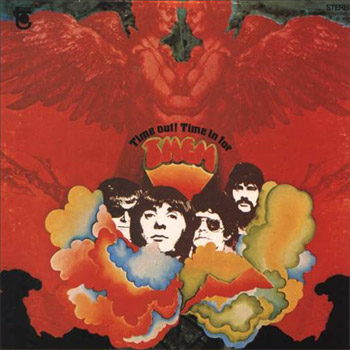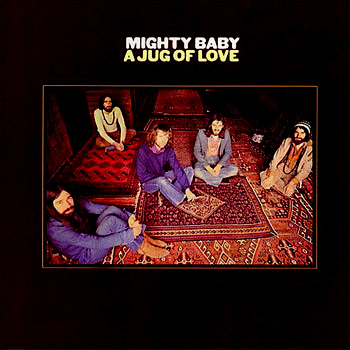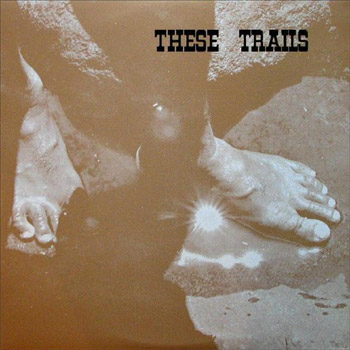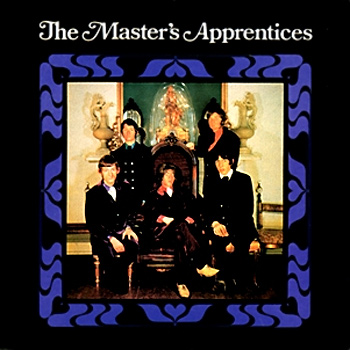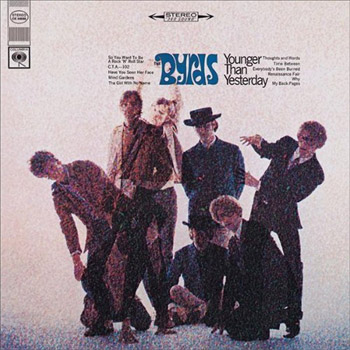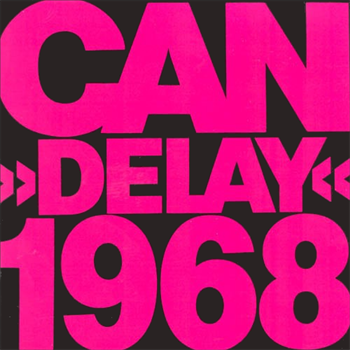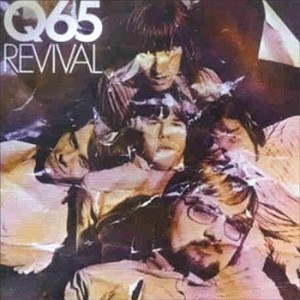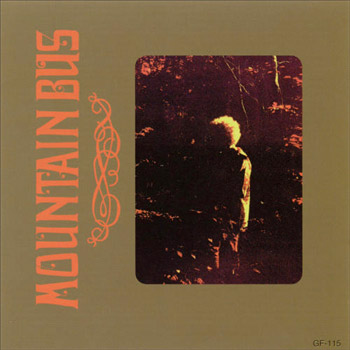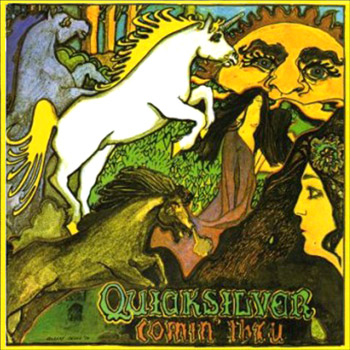uReview: Grateful Dead “Grateful Dead”
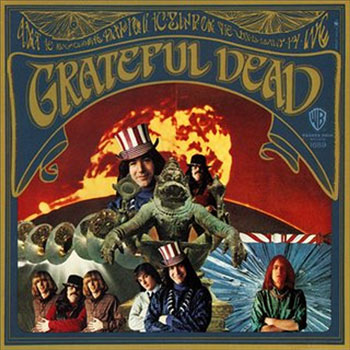
[ratings]
I thought I would spice up this uReview section with a rating system. You can rate the album up or down out of 10 now. I added the rating system to past reviews as well, so just click this uReview tag (also located at the top of every post) to rate the rest of them.
While we’re working on the next podcast, let’s hear what you have to say about the GD debut.
![]() CD Reissue | Rhino | 2003 | amazon
CD Reissue | Rhino | 2003 | amazon ]
![]() Original Vinyl | 1967 | Warner Bros | ebay ]
Original Vinyl | 1967 | Warner Bros | ebay ]
![]() MP3 Album | download @mazon
MP3 Album | download @mazon ]
![]() Spotify link | listen ]
Spotify link | listen ]
